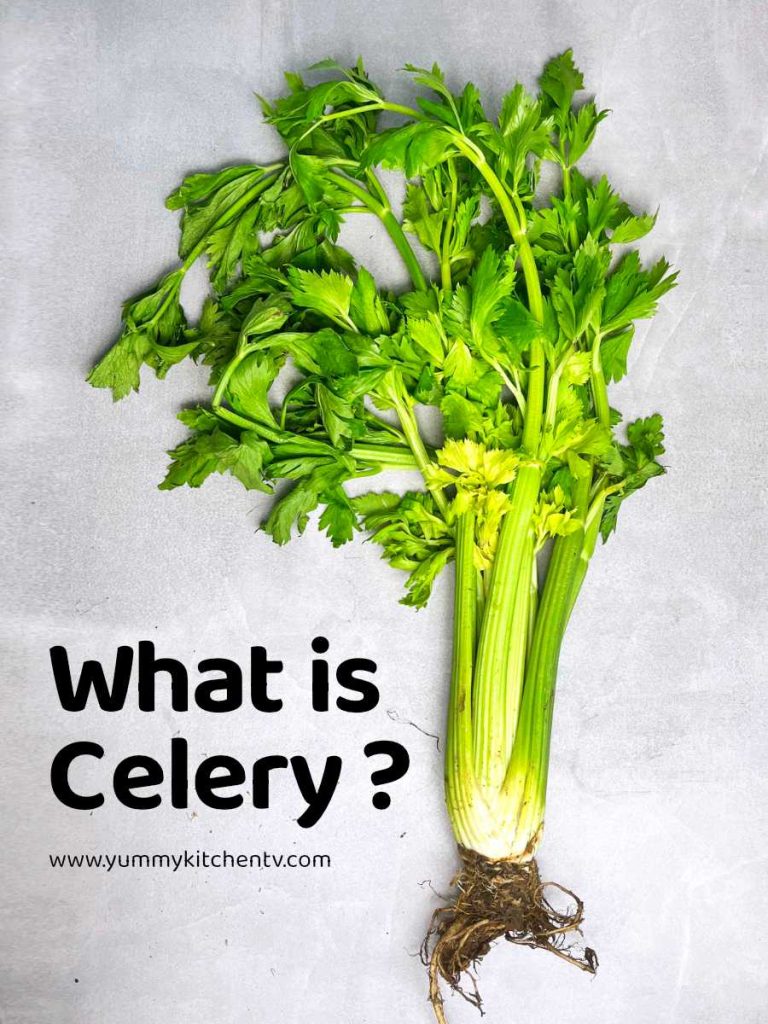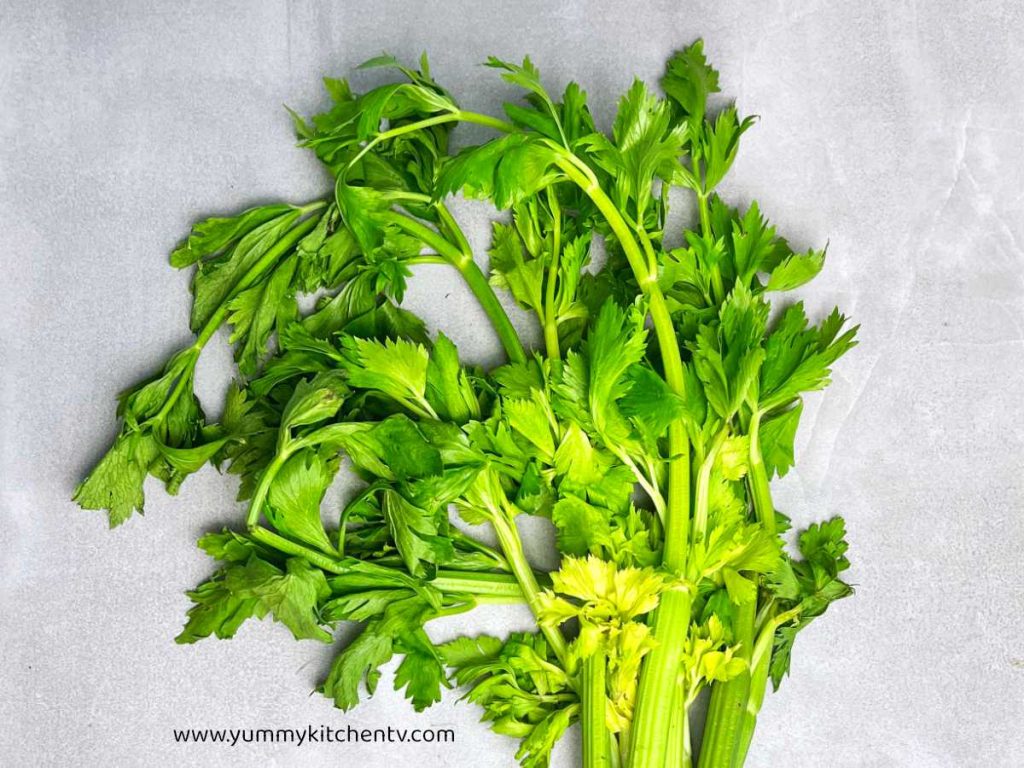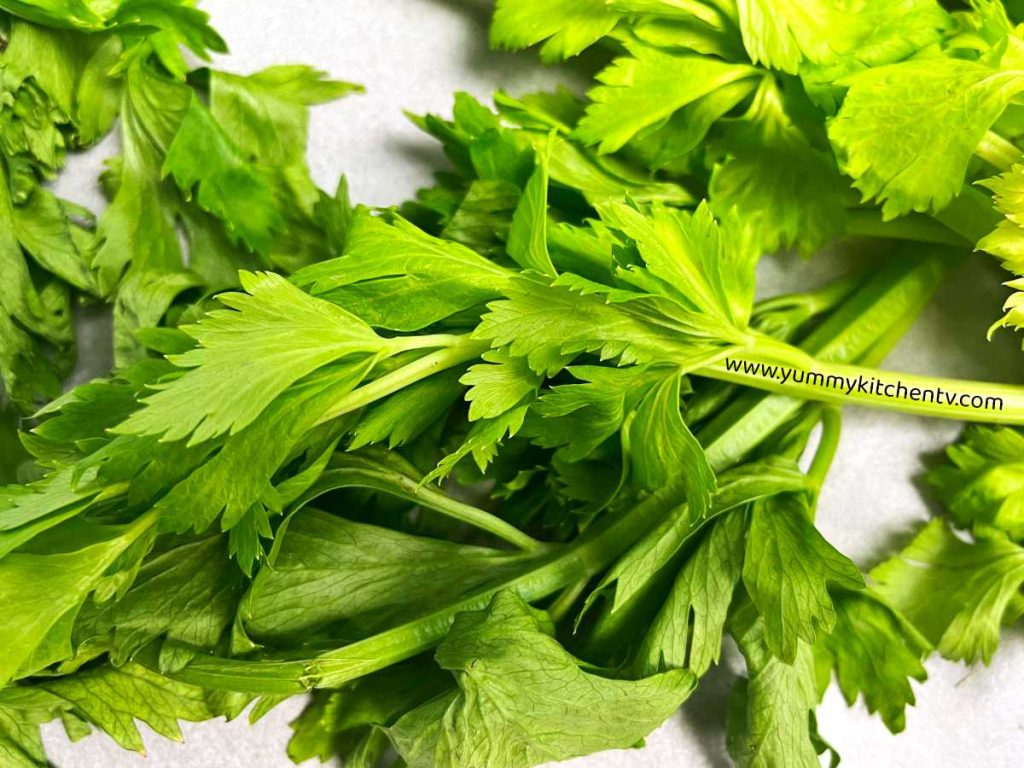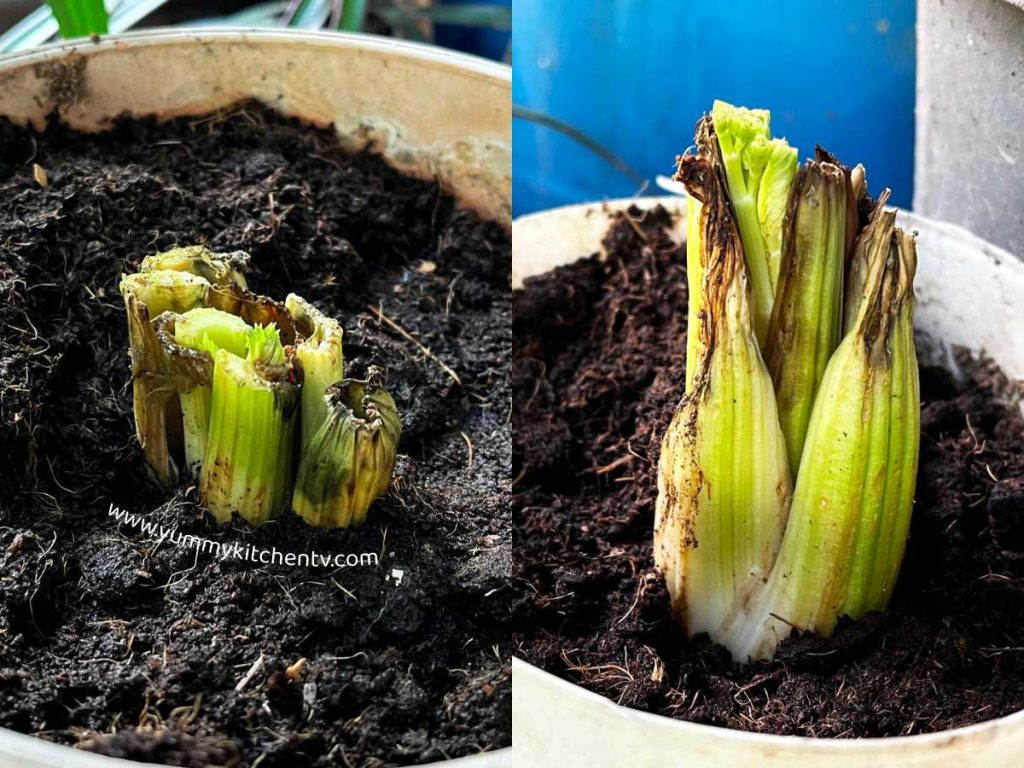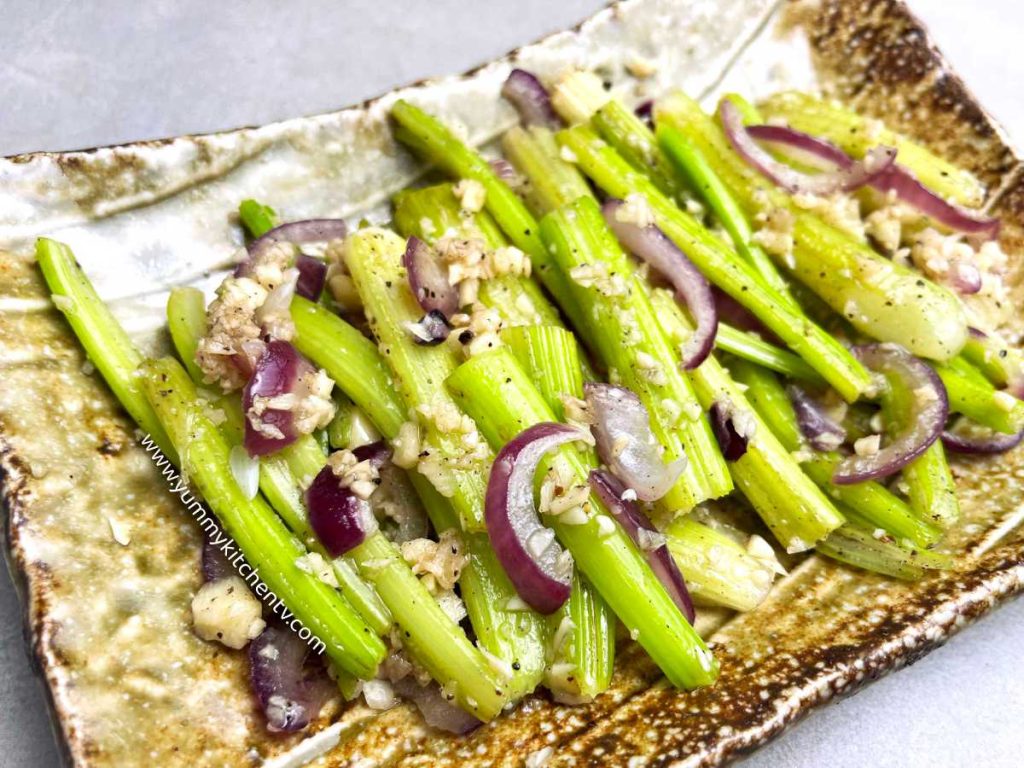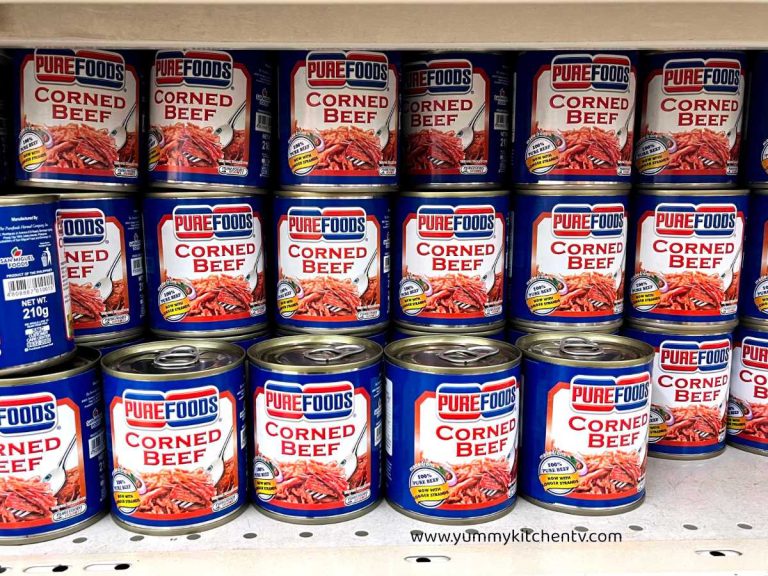Celery – The Crunchy Superfood
Celery is a vegetable that has been cultivated since ancient times. A plant that has thick fibrous long stalks that tapers into leaves, depending on the cultivar or the land its grown in. Many countries only making use of the stalks, some both the stalks and leaves, or with the seeds for flavoring, these are also sometimes grounded into powder, eaten as a salad, marinade, soups, or stir-fry. What is celery good for? This powerhouse of a superfood is often associate with weight loss but more than that, it actually benefits the cardiovascular and digestive systems best as it contains vitamins and nutrients vital to keep the body working better. Find out more of why celery is good for you down below.
A short Introduction
A herbaceous plant, part of the Apiaceae family (celery scientific name being “Apoum graveolens”) making it a relative to parsley, carrots, celeriac, and parsnips. Seen as an easy low calorie snack for those looking to lose weight, or something to add into casseroles and salads and other dishes for an extra crunch. Depending on the area and cultivar the stalk is eaten raw or blanched beforehand, the leaves can be eaten or disregarded, the roots boiled to make traditional medicine, and the seeds dried and grounded to be used as a flavoring.
What does it taste like? It tastes mild to strong, depending on the variety. Some state that it reminds them of an earthy raw green onion, some more so eat them for its crunchy texture and enjoy its subtle saltiness. This green thick or thin stalked vegetable that can range from a lighter green to slighter darker green can be used in many ways, from the Chinese celery or ‘Leaf Celery that has thinner stalks but stronger aroma and taste used for pickling or in soups, to the European variety that has a large bulb eaten by shredding this and adding it into salads, using the vegetable to make stocks, seasonings for baked fish and meats, into marinades, with the more modern use of this vegetable being “celery salt” which is literally table salt with ground celery seeds to add into onion soup, dips, salads, coleslaw or drinks like bloody mary.
Celery juice benefits (Kintsay health benefits)
Being a vegetable that is 95% water are there actually enough nutrients to say that there are any celery benefits for men? Celery benefits for women? Celery benefits for weight loss? How does the benefits of celery juice or the vegetable itself affect the body?
- Has a good amount of antioxidants, beta carotene, and flavonoids that protects the body from inflammation in the blood vessels, organs, and digestive tract.
- It can prevent cancer. Being anti-inflammatory and with a good amount of antioxidants it helps protect the body from toxins and heals the body faster.
- Can lower blood pressure due to phytochemicals called ‘phthalides’ that increases blood flow and relaxes the artery.
- Great for digestion. It protects the digestive tract and decreases the risks of stomach ulcers. It also keeps you regular (animal studies have shown that it improves the stomach lining and keeps secretions regular).
- Are there any celery benefits for diabetes? Studies have proven that those who do eat celery in inclusion to their meals had lower glucose levels than those who did not.
* Negative side effects of celery juice? Drinking too much of the juice might cause skin problems like skin cancer. This is because the vegetable contains ‘psoralens’ that make the skin sensitive to sunlight. Like all foods do eat these with moderation.
Questions:
- Celery nutrition facts?
Celery calories count to around only 15 calories for 2 stalks, which also includes a good amount of dietary fiber, Vitamins A, C, and K, iron, and calcium
- How to pick celery that’s not bitter?
It’s best to choose the lighter green, but not so white colored stalks with fresh leaves (no wilting leaves), no discoloration as well as bruises.
- Can dogs eat celery?
Yes, these are one of the vegetables that are recommended as a healthy treat for dogs. Especially for dogs that need to lose weight.
- How to grow celery?
- The easiest way to grow celery at home is to chop 2 to 3 inches from the bottom (roots) of a store bought celery. This lessens the growing time and keeps from other insects from eating the seeds.
- Place the roots in a jar filled halfway with water. Place this near a window that has enough sunlight.
- Soon you’ll see the beginnings of new shoots or small leaves, when it grows at least 2 inches tall these can be transplanted to a pot.
- Place in a pot filled with potting soil, fill in ⅔ of the way before adding the vegetable. This should be placed in the center, adding some soil on the side little by little. Leaving only the new shoots above.
- Water generously but do not overwater, just enough for a moist soil. Leave this near a window with good sunlight and regularly water when it looks dry.
- These can be used when you find the stalks long enough, just pruning what you need. But for those who want a complete set of the stalks it might take 5 months.
- How to store celery?
- Wrap the celery in aluminum foil before placing in the fridge.
- You can also wash and chop up the celery before placing it in an airtight container, wrapping the stalks in a damp towel, or filling the container with water before placing it in the fridge.
- Can you freeze celery? Wash the stalks and trim off the leaves and whiter sections. Chop to desired side and blanch for 2 or 3 minutes. Pat dry with a kitchen towel before lining these over parchment, then freeze them. These can be transferred in the containers after then placed back to the freezer. These can last for 18 months, do write the date it was frozen over the container to make sure these are still edible.
Ano ang kintsay?
“Celery” or “Kintsay” in Tagalog is a vegetable used not only as food in the Philippines but also as folk medicine. “Saan gamot ang kintsay? Or “How is kintsay used as a medicine?” Believed to be a diuretic, eating just the stalk, kintsay leaves, or the whole vegetable itself, or boiling the celery roots to make into tea that can help heal indigestion, flatulence, and hypertension. Also believed to be medicine for the bones to prevent spleen diseases, heal the liver, and asthma. But more often than not you can find these added into dishes as a filling or filler to add a slight crunch like the recipes below.
Celery Recipes:
- How to make celery juice?
- Add these into Chicken ala King – a creamy, vegetable filled chicken stew.
- Sipo Egg – a Pampanga dish made of quail eggs, pork, gizzards, shrimp, and a whole lot of vegetables, simmered in a savory rich sauce.
- In this refreshing Filipino Chicken Macaroni Salad.
- Additional filling for Pancit Wraps.
- Or as a ‘healthy’ side dish for Filipino-Style Buffalo Wings.
- For rainy and colder months try to warm up with celery soup, namely Cream of Celery Soup or this filling Chicken Sotanghon Soup.
#Celery #HealthyEating #Superfood #FreshVeggies #Nutritious #CleanEating #HealthySnacking #PlantBased #FiberRich #VeganFriendly #VeggiePower #EatGreen


